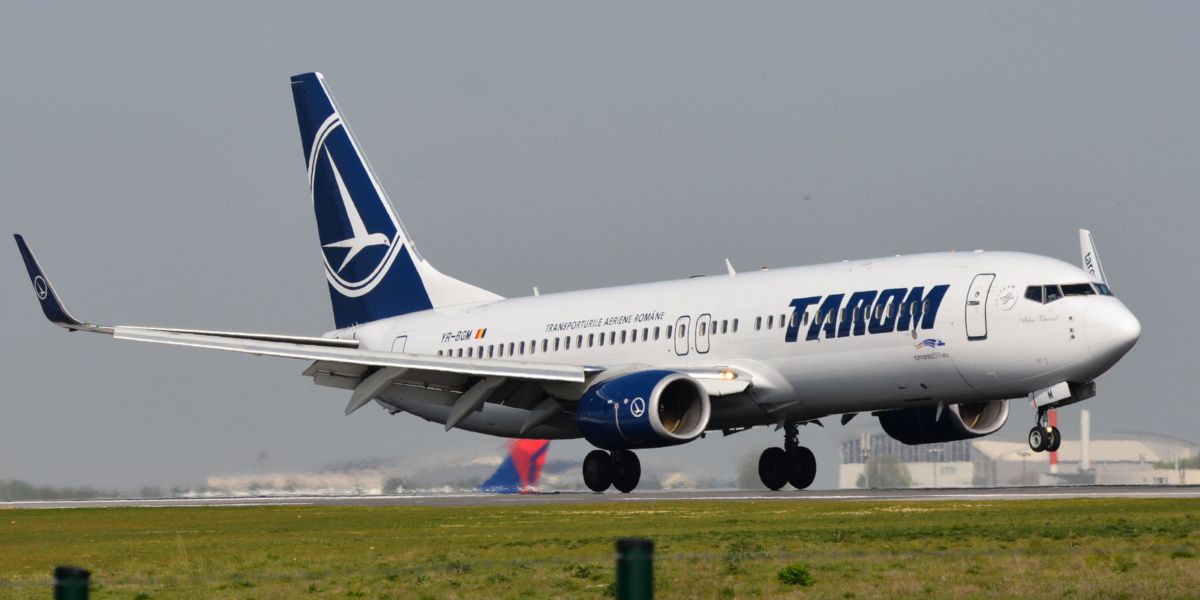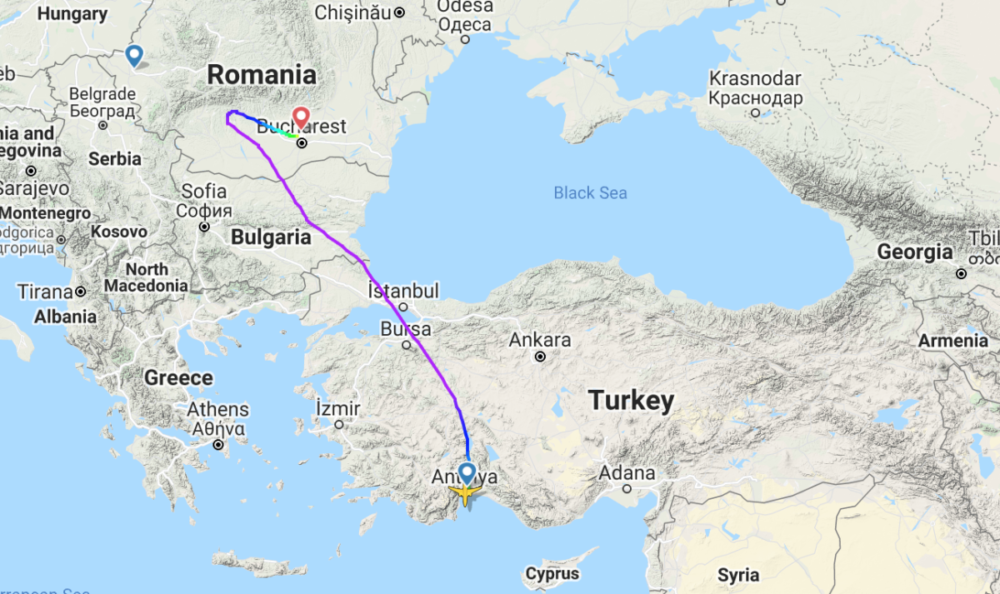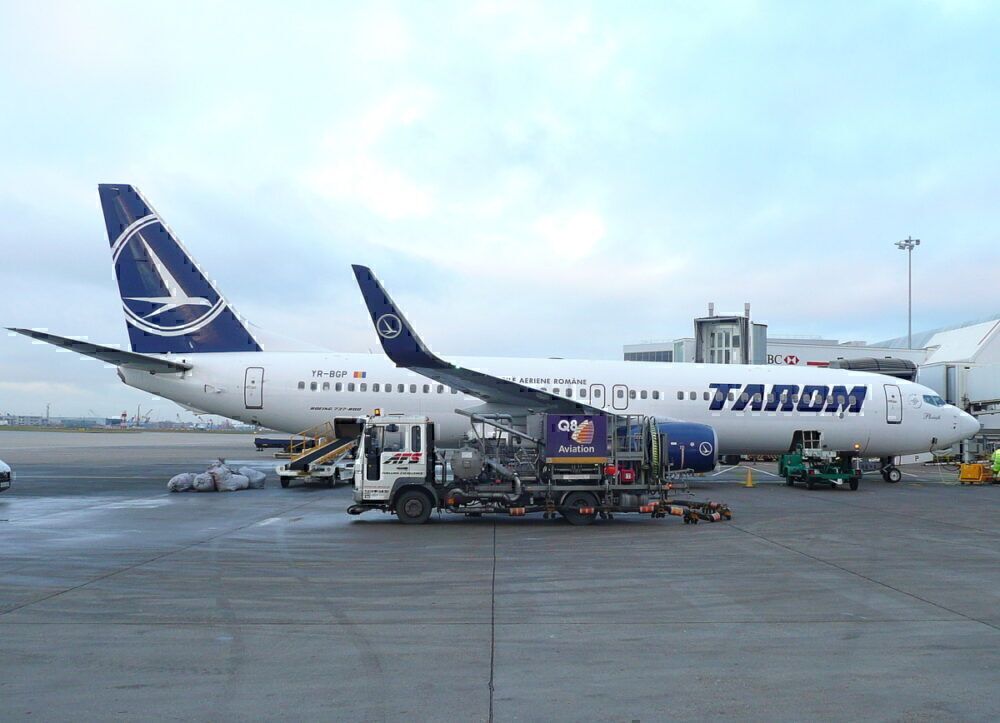On September 26th, a TAROM Boeing 737-800 flying from Antalya (Turkey) to Timisoara (Romania) was diverted to Bucharest (Romania) after the crew discovered that their weather radar had failed. The aircraft was already approaching Timisoara and about 300km (186mi) away but decided to head to the airline's central hub at Bucharest - roughly 280km (174mi) away.
Incident details
According to information sourced from The Aviation Herald, the TAROM 737-800 was performing flight RO6528 from Antalya to the western Romanian city of Timisoara on September 26th.
The aircraft, registered as YR-BGK, was carrying 187 passengers and five crew and was en route at FL380 when it diverted to Bucharest's Otopeni Airport due to the aircraft's weather radar failing. The aircraft completed a safe landing on Otopeni runway 08R 20 minutes after the diversion was initiated.
Information from FlightRadar24.com reveals that TAROM flight RO6528 was continued with a replacement 737-800 registered as YR-BGJ. The replacement aircraft departed Otopeni at 19:30 and finally arrived at its destination at 20:10 local time, over six hours after the scheduled arrival time.
Incident aircraft details
The incident aircraft, registration YR-BGK, is a relatively new Boeing 737-800 at just 3.4 years old, according to data from Planespotters.net.
Before officially going to TAROM, the aircraft was designated as a delivery to Turkish carrier Pegasus - coming from an order that was finalized with Boeing in March 2016. However, the plane is marked as NTU - or not taken up. It joined the TAROM fleet in May of 2017.
Why it was diverted to Bucharest Otopeni
If the aircraft was an equal distance away from both Timisoara and Bucharest, why would it choose to turn around and head to the latter airport?
Almost unsurprisingly, the weather appears to be the main reason for this decision. The Aviation Herald notes that a frontal system was present in the area, stretching from Ukraine to Greece. This system was covering the western half of Romania, where Timisoara is located.
According to the University Corporation for Atmospheric Research, a frontal system or weather front is a transition zone between two different air masses. With each air mass having unique temperature and humidity characteristics, there is often turbulence where two different air masses come together.
Therefore, without a functioning weather radar, the crew would not have sufficient warning if it were flying into severe weather conditions. An added benefit of diverting to the much larger Otopeni Airport is that it is TAROM's hub and main base. Therefore, the airport would have more resources available to conduct the repair or replacement of the 737's failed weather radar.
Have you ever been diverted due to severe weather? Please share your experience with us in the comments.




